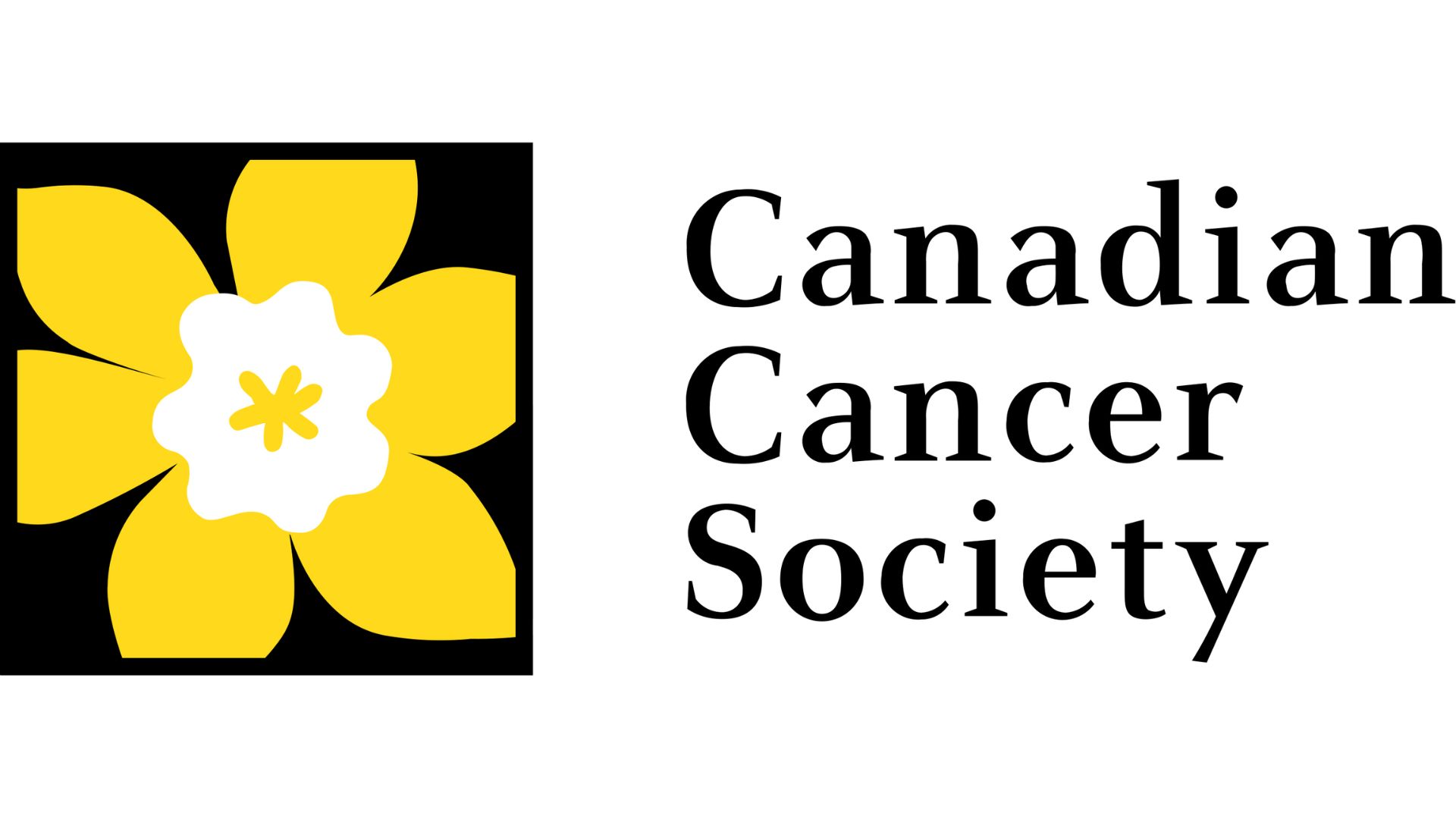In a significant update to their communication, the Canadian Cancer Society has shifted from using ‘cervix’ to ‘front hole’ in their cervical cancer information pages.
This change, detailed in a section titled ‘words matter,’ aims to better reflect the diverse identities of those they serve, recognizing the importance of language that includes everyone.
Why the Change in Terms?

The Society explained their decision, saying, “We recognize that many trans men and non-binary people may have mixed feelings about or feel distanced from words like ‘cervix’.”
This move comes from an understanding that the traditional medical vocabulary can sometimes feel exclusive and alienating to parts of the LGBTQ+ community.
Balancing Act: Accuracy and Inclusivity

Further discussing their choice of words, the Society noted, “You may prefer other words, such as ‘front hole.’ We recognize the limitations of the words we’ve used while also acknowledging the need for simplicity.”
This highlights their ongoing effort to find a middle ground between medical precision and the inclusivity of their language.
Innovations in Cervical Cancer Treatment

Recent advancements in the treatment of cervical cancer have offered new hope to patients.
The most effective treatments now include a combination of surgery, radiation therapy, and chemotherapy, tailored to each individual’s condition. These innovations aim to improve survival rates and reduce side effects, making the treatment process less daunting and more effective.
The Importance of Regular Screenings

Echoing the critical need for early detection, the Canadian Cancer Society recommends regular cervical cancer screenings starting at age 25 for anyone with a cervix.
Early screening is key to preventing cervical cancer and ensuring effective treatment, improving health outcomes significantly.
The Role of Testosterone in Screenings

Highlighting a specific concern, the Society advises, “It’s important to tell your healthcare provider if you are taking testosterone because this can cause changes to cervical tissue that can affect your test results.”
This advice demonstrates the need for tailored medical consultations to address the unique effects of hormone therapy.
Creating Supportive Healthcare Environments

The organization emphasizes the critical need for gender-affirming care, stating, “They should affirm your gender and perform any tests in a way that reduces your discomfort and any feelings of gender dysphoria you may have as much as possible.”
This approach is about making healthcare settings more welcoming and supportive.
Confronting Healthcare Barriers

Significant obstacles remain for transgender, non-binary, and gender-diverse individuals in accessing necessary healthcare.
These barriers, including discrimination, lack of provider awareness, and safety concerns, often prevent these communities from receiving adequate care.
Varied Reactions to the New Terminology

The terminology change has sparked a mix of reactions across social media.
Feedback ranges from supportive to critical, with one person expressing strong disapproval, “Cervix! I have a cervix. This is just gross. You will never receive another donation from me,” highlighting the intensity of the public discourse.
Voices of Disagreement

Tom Quiggin, a former military intelligence officer, expressed criticism of the Society’s new direction, stating, “It may be time to walk away from the Canadian Cancer Society. They have lost the plot.”
His comment captures the controversy stirred by the updated language choice.
Discussing the Wider Impact

The debate over the Society’s language change is part of a broader conversation about how healthcare organizations can maintain clarity and precision while being inclusive.
This discussion involves weighing the benefits of inclusivity against the need for precise medical terminology that informs and educates.
Looking Ahead in Healthcare Communication

The Canadian Cancer Society’s initiative to adopt more inclusive language marks a pivotal development in healthcare communication.
By choosing terms that respect and reflect all identities, they are fostering a healthcare landscape that promotes inclusivity, aiming to enhance public health engagement and care for every community.
